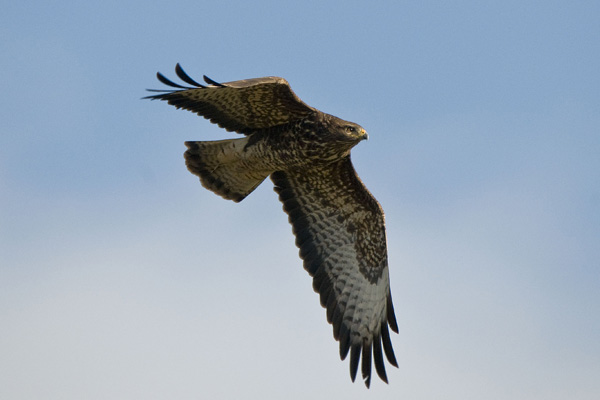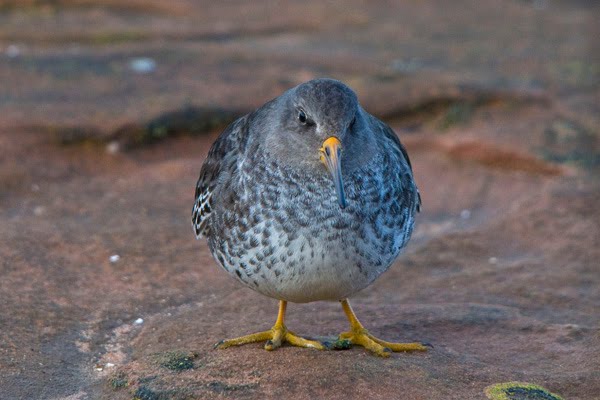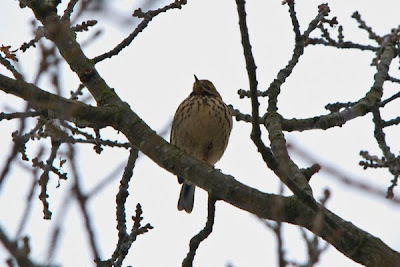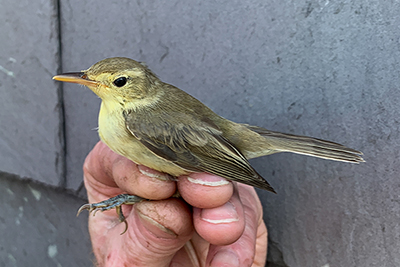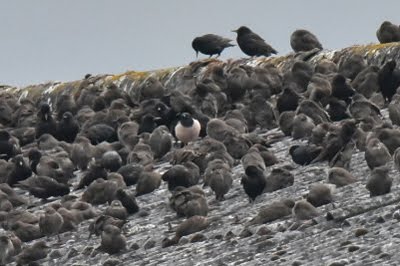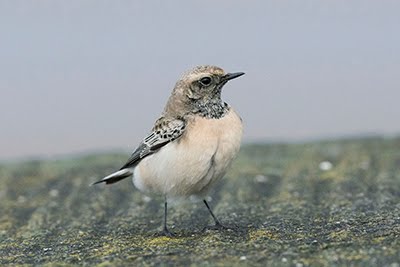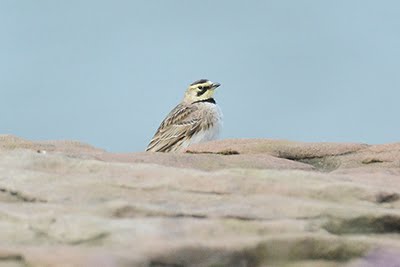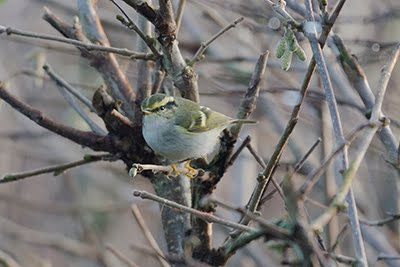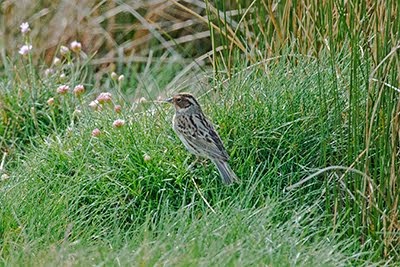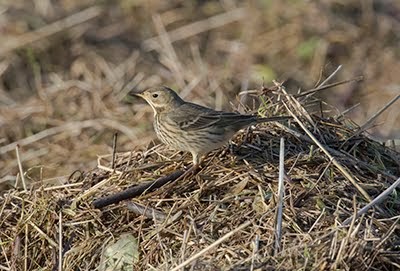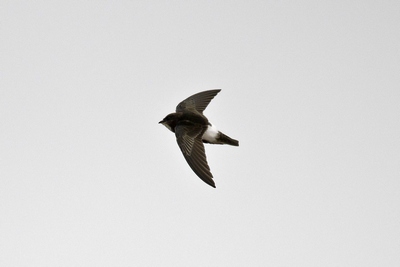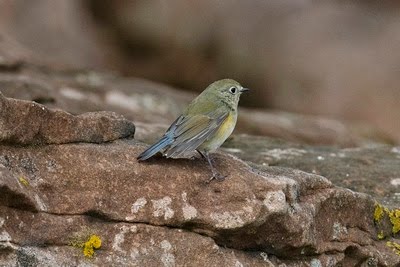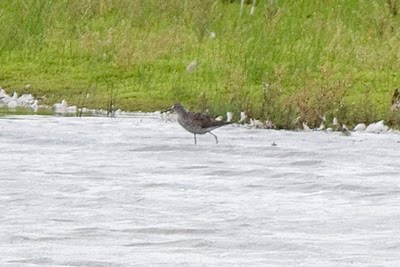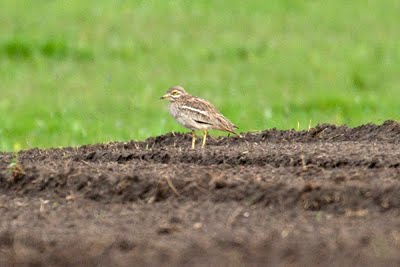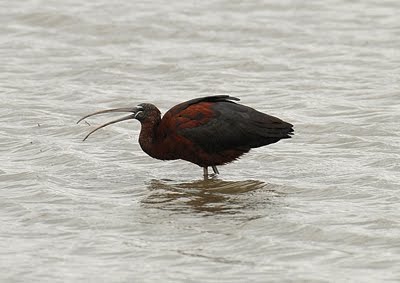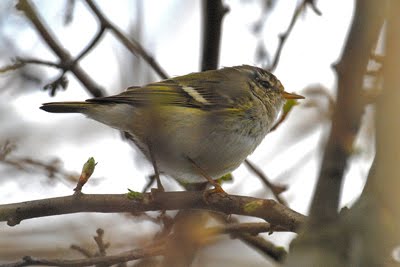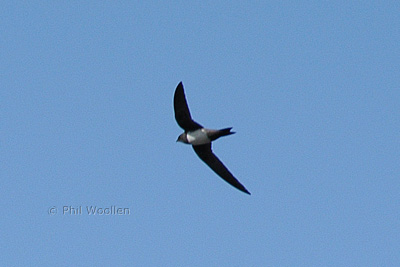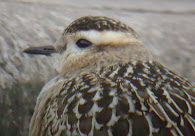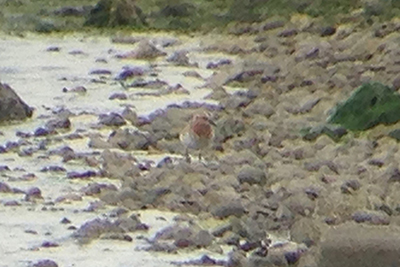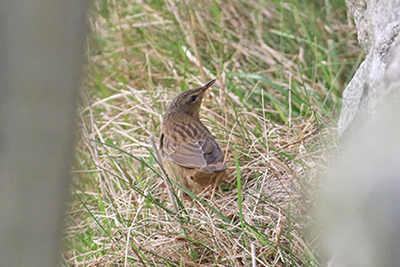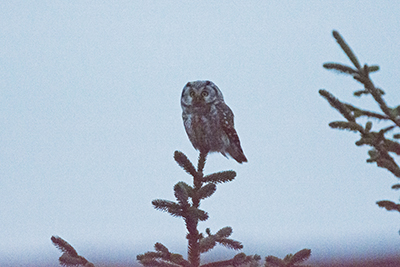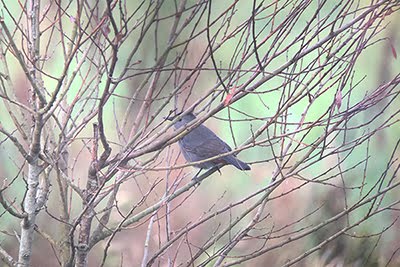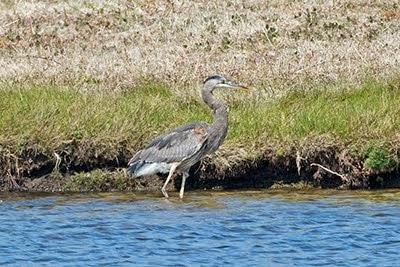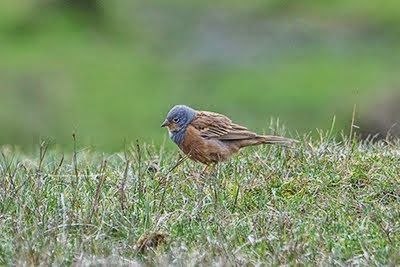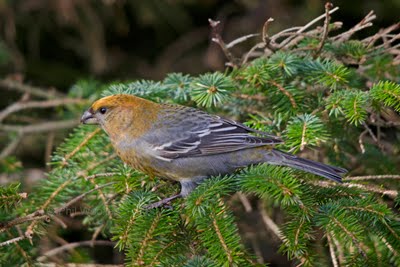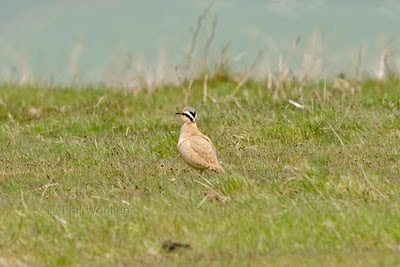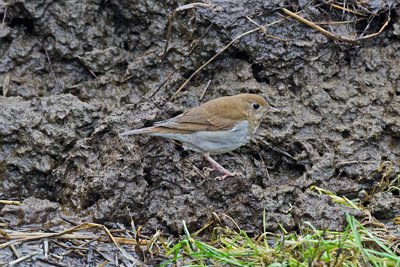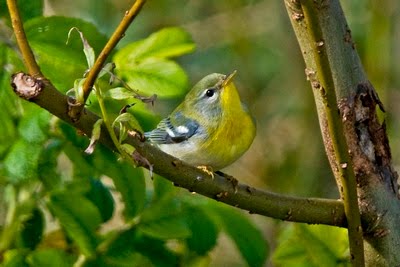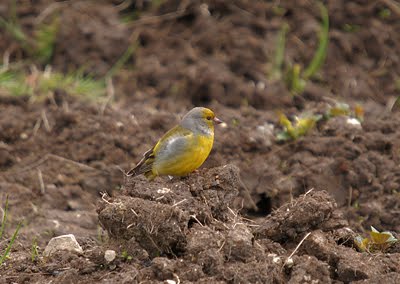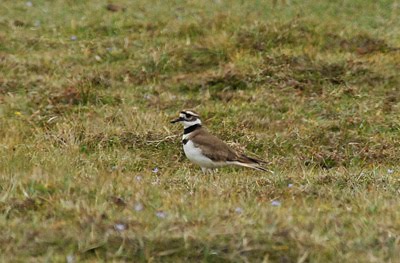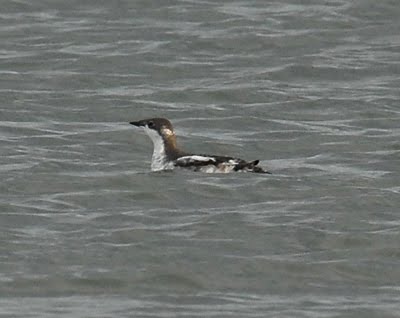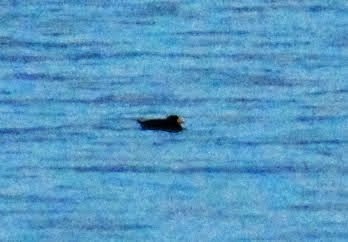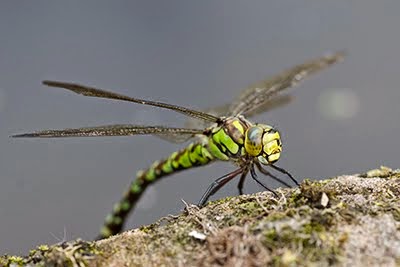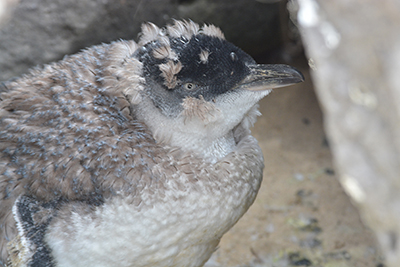The yellow-legged bird is the closest in the above photo.
Bewicks above. Whoopers (and Bewicks) below.
The Parkgate Spoonbill has been givnig everyone the run around - primarily becuase no one knew where to look! Deciding to walk Molly along the seafront yesterday I met up with Al Orton. Although the news had been put out twice that the Spoonbill was present whilst we were there we still couldn't find it. Eventually, after much detective work, we located it roosting on the marsh opposite the Marsh Cat Restuarant and duly put out the directions for others to benefit! A beautiful walk along the edge of the marsh though with further interest being provided by Hen Harriers, Little Egrets (seemingly greatly reduced in numbers) and a Short-eared Owl.
The Little Stint at Frodsham was equally frustrating until you knew exactly where to look. Not in the usual flooded corner of No. 5 tank but further along towards Marsh Farm where you can look back on yourself across another flooded section of the same tank. Three Ruff were a nice bonus on No. 6 tank.
Menawhile the milder weather has meant a return of the mixed Bunting, Finch and Pipit flock on my local stubble fields. The highlight being a flock of 12 Skylarks amongst the 50+ Meadow Pipits. A handful each of Yellowhammers & Reedbuntings and large numbers of Chaffinches completed the set. Best of all though were two Goldcrests and a Treecreeper working the hedgerow with a foraging flock of Long-tailed Tits. At least some Goldcrests have survived the cold spell.
 Regular dog walkers along the lane have taken to putting down seed for the birds and quite often the Buntings can be quite close but always fly as soon as they spot anyone walking towards them. Other birds attracted to the stubble include a flock of 50 -60 Starlings. No longer a common sight in this area - I haven't seen one in my garden for several years. One or two of the local Buzzards also appear to find the area attractive - no doubt attracted by the number of rabbits present. Something very noticeable when their tracks can be seen in the snow.
Regular dog walkers along the lane have taken to putting down seed for the birds and quite often the Buntings can be quite close but always fly as soon as they spot anyone walking towards them. Other birds attracted to the stubble include a flock of 50 -60 Starlings. No longer a common sight in this area - I haven't seen one in my garden for several years. One or two of the local Buzzards also appear to find the area attractive - no doubt attracted by the number of rabbits present. Something very noticeable when their tracks can be seen in the snow.






